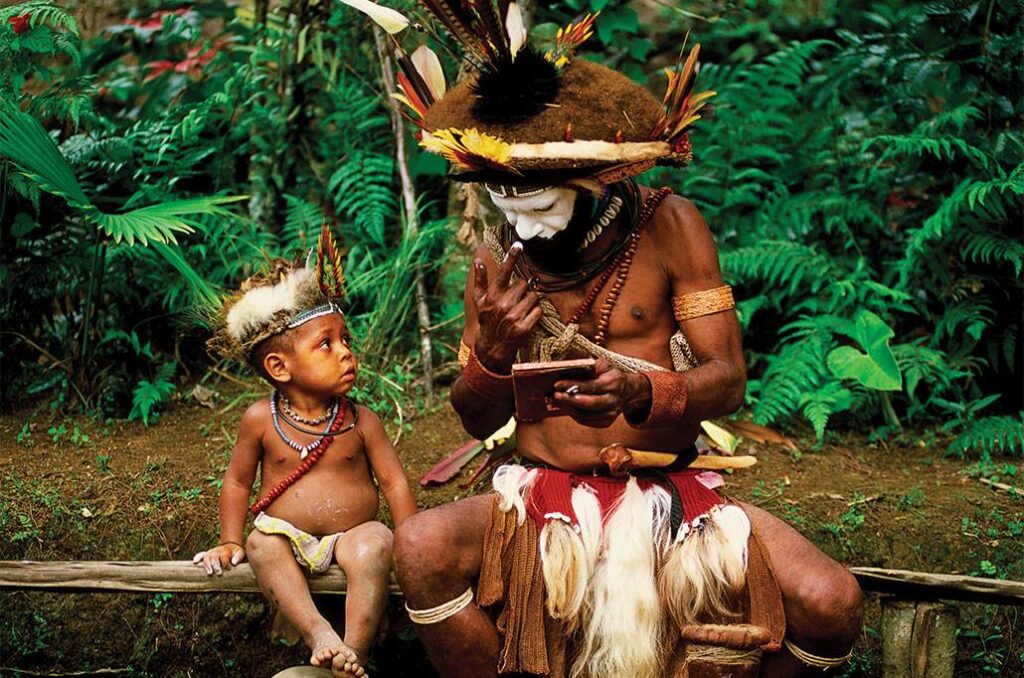How many languages are there in Papua New Guinea?

Papua New Guinea (PNG) is a country known for its breathtaking landscapes, diverse wildlife, and vibrant cultures. However, one of the most fascinating aspects of this island nation is its incredible linguistic diversity. With over 850 distinct languages spoken, Papua New Guinea stands as one of the most linguistically diverse countries in the world. Let’s explore what makes this country so unique when it comes to languages and what this diversity means for its people.
How Many Languages Are There in Papua New Guinea? A Deep Dive into Linguistic Diversity
Papua New Guinea (PNG) is renowned for its stunning natural landscapes and vibrant cultural tapestry. However, what truly sets this island nation apart is its astounding linguistic diversity. With over 850 distinct languages spoken, Papua New Guinea stands as one of the most linguistically rich countries in the world. In this article, we’ll explore the fascinating history, statistics, and facts behind this linguistic phenomenon.
Linguistic Diversity by the Numbers
Papua New Guinea’s linguistic diversity is staggering. Here’s a snapshot of the statistics that highlight this unique aspect:
- Total Languages: According to Ethnologue, PNG is home to 839 living languages. This accounts for about 12% of the world’s languages, despite having less than 1% of the global population.
- Language Families: These languages belong to several major language families, with the largest being the Papuan languages (comprising around 700 languages) and the Austronesian languages (comprising around 130 languages).
- Population and Language Ratio: With a population of approximately 9 million people, there is roughly one language for every 10,700 people. This is a remarkable ratio when compared to countries like China or India, where a single language is often spoken by millions.
Historical Context: Why So Many Languages?
The linguistic diversity in Papua New Guinea has deep historical roots:
- Geography and Isolation: PNG’s rugged terrain, characterized by steep mountains, dense forests, and remote islands, has historically isolated communities from each other. This physical separation allowed languages to develop independently, resulting in a wide array of distinct languages.
- Tribal Society: Traditionally, PNG has been composed of small tribal societies, each with its own language and culture. These tribes often lived in relative isolation from one another, reinforcing linguistic diversity.
- Colonial Influence: During the colonial period, first by the Germans, then the British, and later the Australians, different regions were often managed separately, further entrenching linguistic divides. The introduction of European languages did not replace indigenous languages but instead led to the emergence of pidgin languages for trade and communication.
Major Language Families in PNG
Papua New Guinea’s languages are primarily categorized into two major families:
- Papuan Languages: This group encompasses over 700 languages and is predominantly spoken in the highlands and interior regions. These languages are incredibly diverse and unrelated to each other, reflecting the complex tapestry of tribal societies.
- Austronesian Languages: Spoken primarily along the coast and on islands, these languages include well-known tongues such as Tok Pisin, Motu, and Hiri Motu. Tok Pisin, in particular, serves as a lingua franca and is one of PNG’s official languages. It evolved from English-based pidgin used for trade and communication between different language groups.
Linguistic Challenges and Opportunities
The sheer number of languages in PNG presents both challenges and opportunities:
- Education and Literacy: With so many languages, providing education in a child’s mother tongue can be challenging. However, there have been efforts to incorporate local languages in early education, improving literacy rates. According to UNESCO, this approach has proven effective in engaging students and preserving linguistic heritage.
- Cultural Preservation: Linguistic diversity is a testament to PNG’s rich cultural heritage. Each language carries unique traditions, knowledge, and history. Efforts to document and preserve these languages are crucial, as many face the risk of extinction. Organizations like the Summer Institute of Linguistics (SIL) have been working to document and revitalize endangered languages in PNG.
- Economic Integration: While linguistic diversity is a cultural asset, it can also pose challenges for national integration and economic development. Communication barriers can impede trade and collaboration between different regions. However, the use of Tok Pisin and other lingua franca helps bridge these gaps, facilitating communication and fostering unity.
The Future of PNG’s Languages
The future of Papua New Guinea’s linguistic diversity is both promising and precarious. While globalization and modernization pose threats to smaller languages, there is growing recognition of the importance of preserving this unique heritage. Government initiatives, alongside international support, are focusing on promoting bilingual education and preserving indigenous languages.
Conclusion
Papua New Guinea’s linguistic landscape is a remarkable reflection of its cultural richness and history. With over 850 languages, PNG is a living testament to human diversity and resilience. As the country navigates the challenges of globalization and development, preserving its linguistic heritage remains crucial for maintaining cultural identity and fostering social cohesion. Understanding and celebrating this diversity is essential for appreciating the profound human connection that languages represent.
For more detailed insights into PNG’s linguistic diversity, you can explore Ethnologue’s database on Papua New Guinea languages.
An outstanding share! I have just forwarded this onto a co-worker who was conducting a little research on this. And he in fact bought me breakfast simply because I stumbled upon it for him… lol. So allow me to reword this…. Thank YOU for the meal!! But yeah, thanks for spending some time to talk about this subject here on your website.